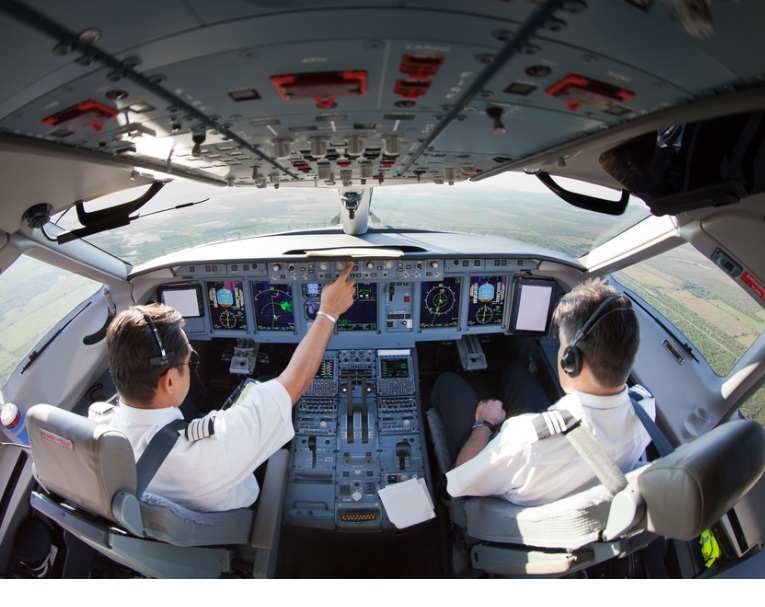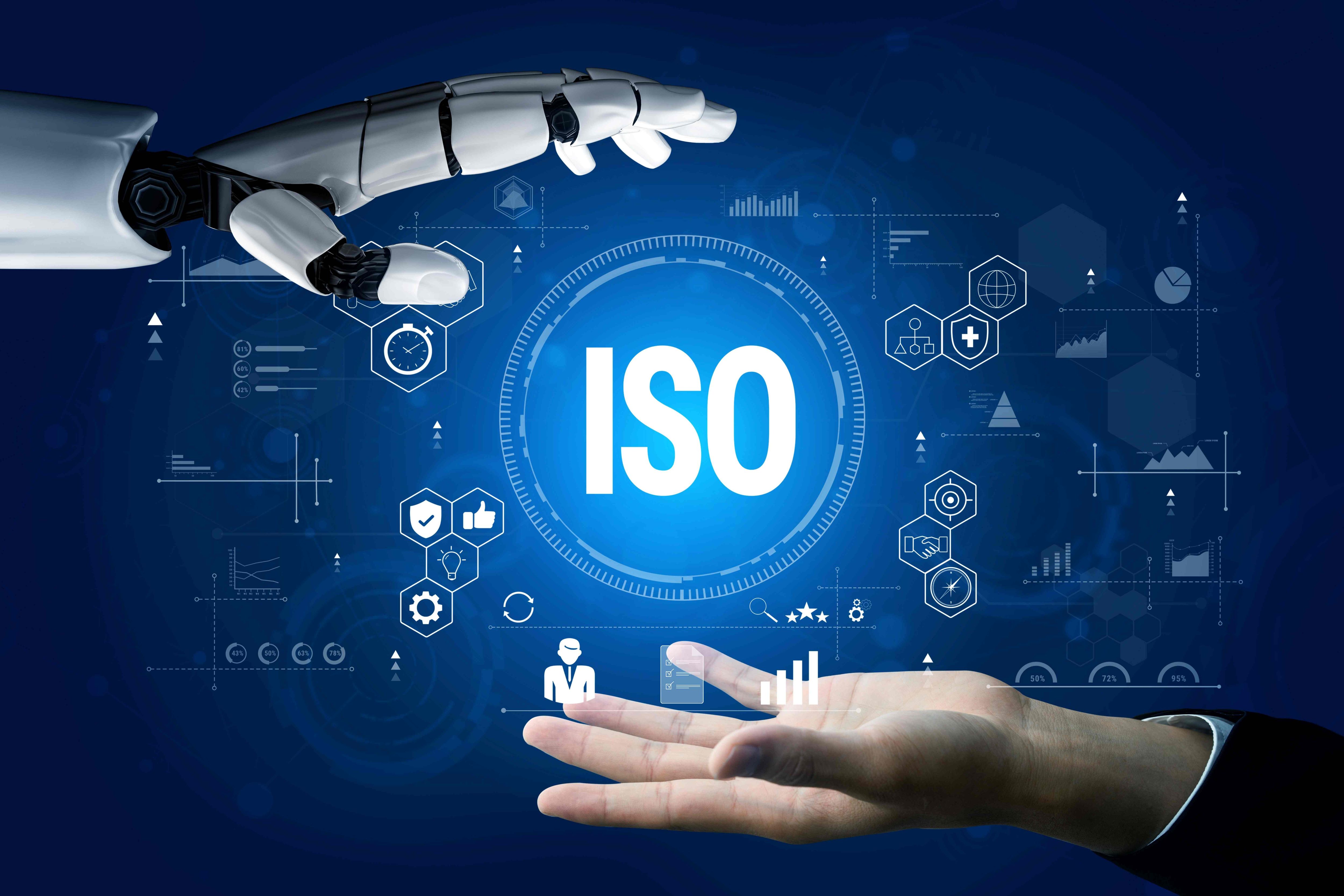Similarities and Differences of the Aerospace and the Automotive Market

July 19,2019,Philippines—Even before global manufacturing providers have existed and drastically evolved, the two major industries of aerospace and automotive market have already been manufacturing different major kinds of vehicles—one for flying and one for cruising the land.
Obviously, the two industries serve different markets and purposes. However, given the nature of their products, it is possible that some people may wonder if the two industries are similar or totally different from each other, as well as if it is possible to combine them and make them work together.
To answer any curiosity, here are some of the most noticeable similarities and differences between the aerospace and the automotive market.
Similarities
Sensors
Both the automotive and the aerospace industries hold high importance over the use of sensors. For the automotive market, sensors are very useful in providing drivers with valuable information such as tire pressure and fuel levels to avoid or prevent problems on the road. Additionally, advanced car sensors also allow assistive driving features like autonomous emergency braking or AEB systems.
Similarly, the aerospace industry makes use of sensors to provide pilots with vital information during flight. This includes the aircraft’s speed and height, fuel levels, and weather conditions. Moreover, sensors also enable the auto-pilot functions of an aircraft to work without interference from the pilot.
IoT
Like any industry in this age of rapid technological advancements, the aerospace and the automotive market put emphasis on constant connectivity, although for different purposes, which is powered by the Internet of Things (IoT).
The automotive industry capitalizes on constant connectivity to provide increased security and convenience to its consumers, as well as to gain a competitive advantage in the market. IoT is used to provide internet access and supply real-time information to car sensors which are particularly helpful in enabling assistive or automated driving features. Meanwhile, the aerospace industry mostly uses IoT to secure a constant and stable line of communication between the aircraft and the air traffic controller or ATC.
Differences
Volume and regulation
Aside from the nature of the products they create and the industries they serve, the volume and regulation of production between the aerospace and the automotive market are also different. The volume of production a day or even a year in the automotive industry is much higher compared to aerospace since they manufacture smaller and commercial vehicles. Meanwhile, the production volume in the aerospace industry is much lower since they manufacture much bigger components and products.
That said, the high volume of production for the automotive market allows for the use of a variety of unique tools such as extrusion dies and injection molding, unlike with aerospace that is often constrained by a list of standard parts that were determined way earlier during the production.
Time to market
Both industries go through a similar pattern of the manufacturing process. However, the length of each phase as well as of the entire production cycle differs. Since cars are smaller in size compared to air and space crafts, the automotive market obviously has a shorter time to market compared to the aerospace industry. While several cars can be produced within a day, it takes months or years before an aircraft or spacecraft can be completed.
This poses a challenge to the aerospace industry, especially in this age of fast technological changes where continuous innovation and enhancement of performance is crucial in staying in the market. Fortunately, the aerospace industry can adopt the well-established ideas, practices, and global technology solutions of the automotive market and use them to create improvements in the future.
Although there are obvious differences between the two industries, it is visible that there is room for collaboration between them in the future. Until then, it is important that EMS Manufacturing in the Philippines and other countries fully understand the similarities and differences of the aerospace and the automotive market.
Other Blog



